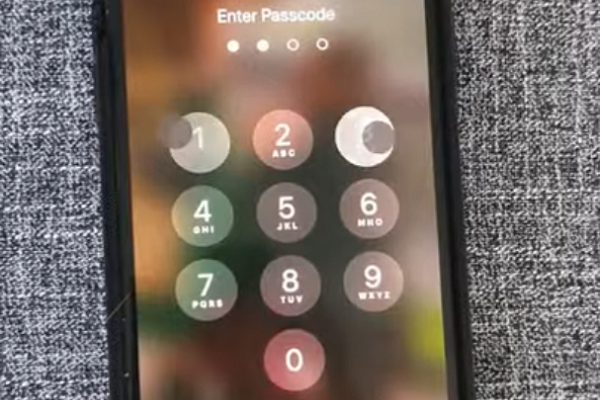How to Trick Siri into Unlocking iPhones by Voice Command
Apple’s Siri voice assistant can’t officially unlock iPhones, but there’s a simple trick that enables the option. A TikTok video by @kaansanity demonstrating how to set it up has gone viral, suggesting there are plenty of people who want to stretch the limits of Siri’s capabilities beyond Apple’s restrictions.
Siri Unlock
Adding an unlock voice command to Siri is relatively quick to set up. In the Voice Control sub-menu in the iPhone’s Accessibility settings, you tap Customize Commands and then Create New Command. The vocal command can be whatever you want, so in our test, we used “read Voicebot.ai.” The slightly tricky part comes when, after picking the voice command, you tap on Run Custom Gesture and have to tap the places where the numbers of your passcode are in the right order, only without being able to see the numbers. Assuming you hit the right points of the screen, the next time you open the phone you can say the voice command and the phone will unlock as seen in the video up top.
The essence of the trick is that while Apple has put relatively strict boundaries around what Siri can do in general, the accessibility features of the iPhone are much more flexible. Custom gestures mean you could theoretically run all kinds of operations on the smartphone by voice command. The creativity necessary to make it work opens up new possibilities for using Siri Shortcuts, which Apple has been slowly expanding and updating. Last year, Apple added suggestions for voice commands without requiring manual recordings and Parameters, which prompts Siri to ask follow-up questions when carrying out multiple commands.
Accessible Voice
The connection between voice control and accessibility used for the unlock command on the iPhone is a common theme. For instance, Google recently debuted the Action Blocks feature for Android devices, specifically as an accessibility feature. Action Blocks enable pre-set Google Assistant commands and shortcuts, very much like Siri Shortcuts. In that case, each block includes a name, an image on the device’s home screen, and a spoken command for Google Assistant. Both Action Blocks and Shortcuts let users design custom voice commands to run apps and routines, and are aimed at making voice assistant use feel more natural. If there’s no official way to get Siri to carry out certain commands, there will always be plenty of people looking for workarounds.
Follow @voicebotai Follow @erichschwartz
Google Rolls Out Action Blocks and Other New Android Accessibility Features
Will the iOS 13 Siri Shortcuts Upgrade Make Consumers Want to Use Them?









